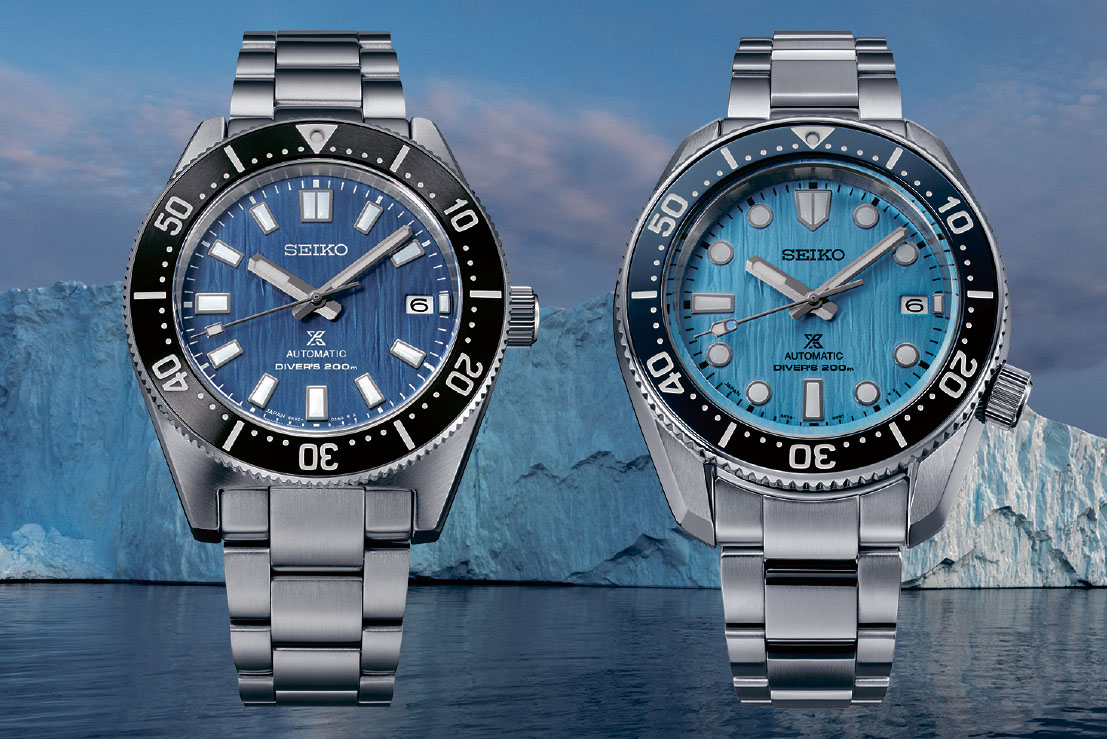Leisure

Seiko in a retro mood
Nordic Business
Seiko may not have been the first to develop dive watches (this credit goes to Rolex, Blancpain and Omega), but things took off once the Japanese started focusing on waterproof and robust sports watches. The end of the 1960s saw the launch of three models that are considered classics today. Fortunately, Seiko relaunched modern versions a few years ago that will give you a lot for your money.
The new Save the Ocean trilogy is part of the Prospex collection, Seiko’s line of durable sports watches. All three watches feature a dial inspired by the Arctic and Antarctic. All three models are equipped with the calibre 6R35 movement, which provides a 70-hour power reserve.
Three modern classics
The 1965 model is a re-interpretation of Seiko’s (and Japan’s) first-ever dive watch. It has already been revived through a series of recent re-interpretations and now with this new dial inspired by the Arctic and Antarctic glaciers. The 1968 model is another new version of a classic that features a 300-meter water-resistance and a hi-beat movement, a technological breakthrough for the watch brand at the time. The Antarctic snow and ice structures inspire the dial.

The 1970 model is another classic, partially due to the original model’s appearance in the 1979 film Doomsday. With that, the watch could be seen on the wrist of Martin Sheen, hence its nickname ‘Willard’ or ‘Captain Willard’ after the film character’s name. The new version is inspired by the icebergs and glaciers of the Arctic, which captures another old reference because the original watch wasn’t only featured on Martin Sheen in the jungle but also on the wrist of Japanese adventurer Naomi Uemura as he travelled by dogsled on his own from Greenland to Alaska (12,500 km) in 1974-1976.
Charitable cause
Part of the Save the Ocean collection proceeds is donated to the PADI AWARE Foundation, which runs the world’s largest volunteer project to help rid the ocean of plastic. The campaign is called ‘Dive Against Debris’. So far, more than 70,000 divers have helped remove and report plastic debris.






